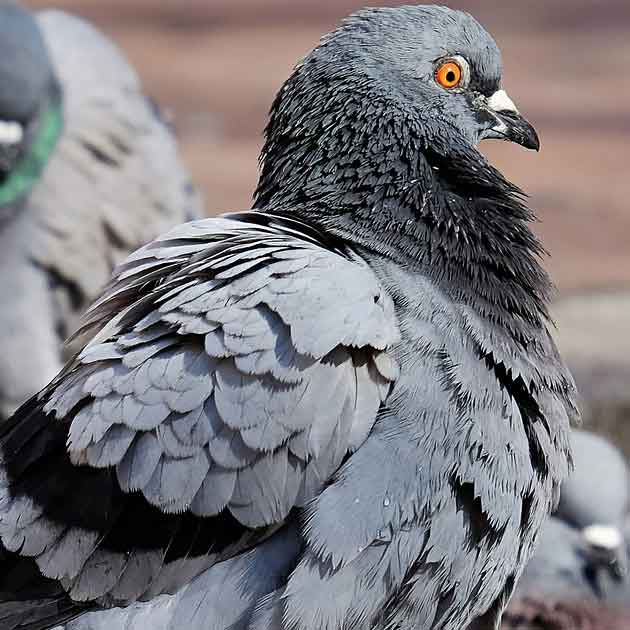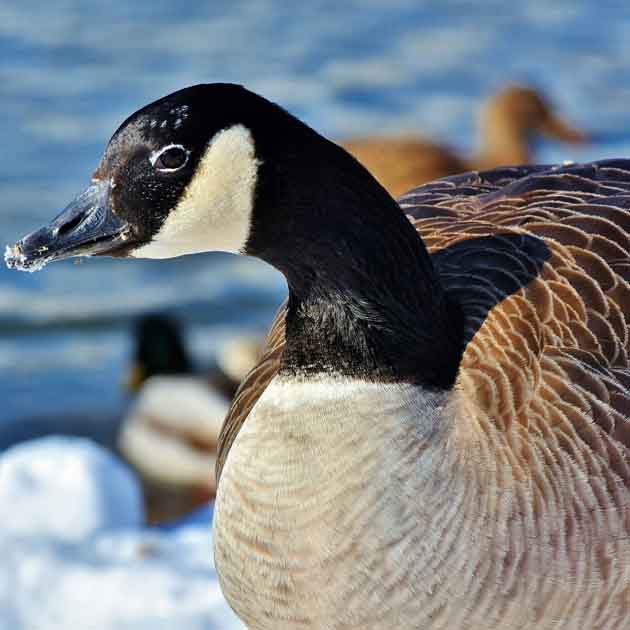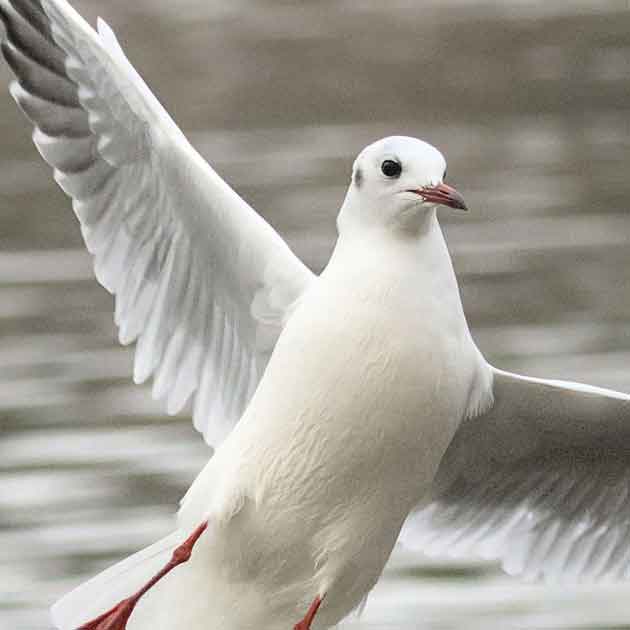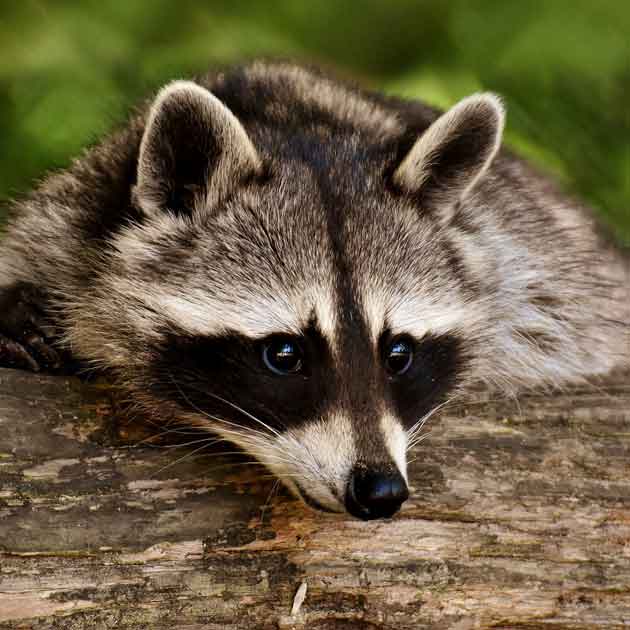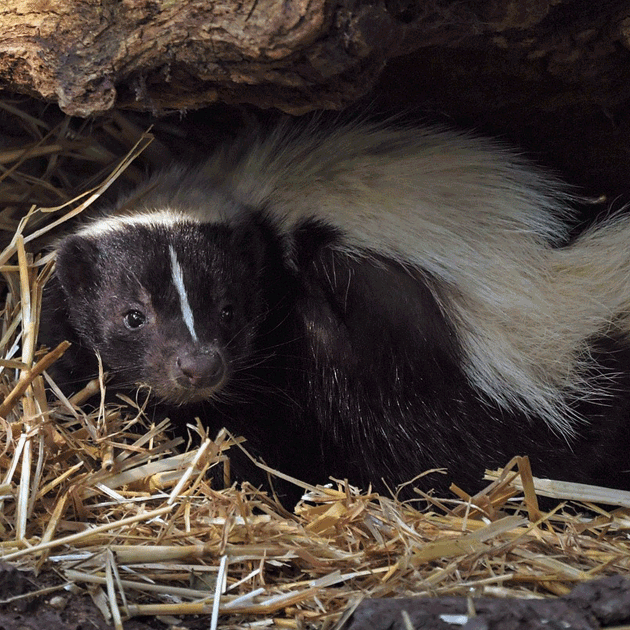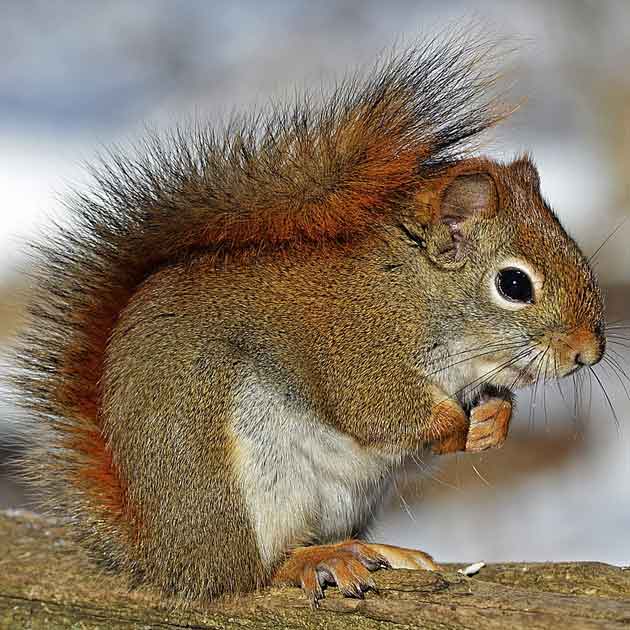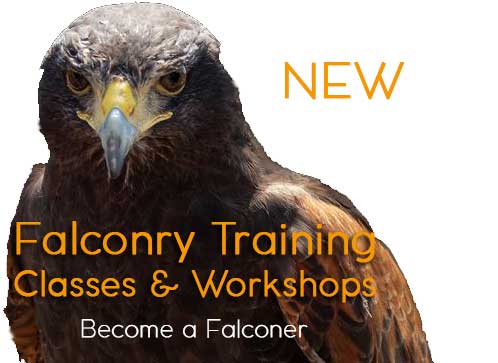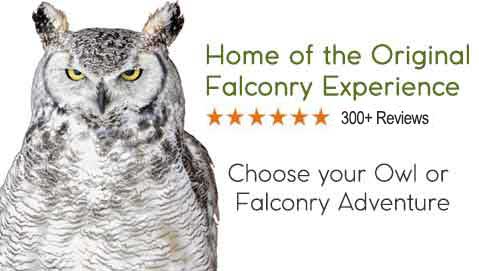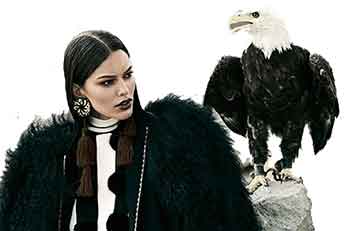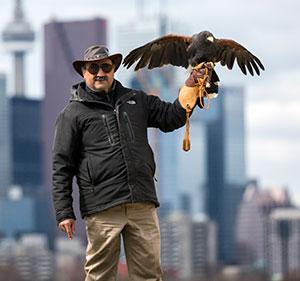We talk so much about Raccons and the challenges they pose or the damage they do to homes and businesses. In this post, let's look at some fun or lesser known facts about raccoons!
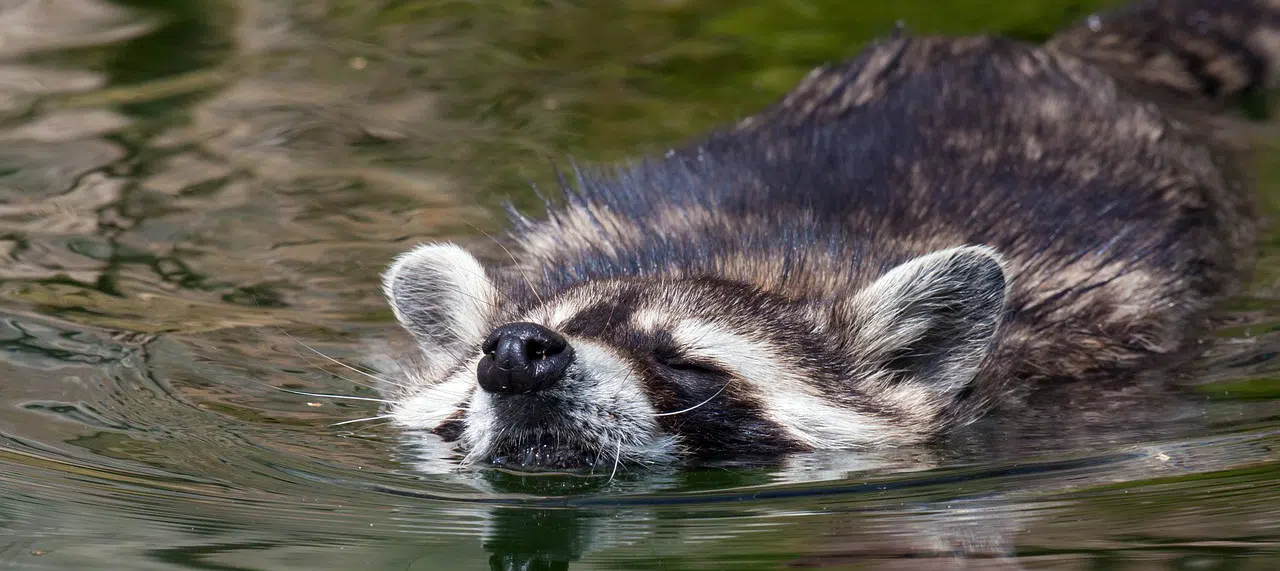
1. Raccoons Love Water!
In the wild, raccoons are most often found in wooded areas near water. Of course, all mammals require water to survive, but the clever raccoon has another use for water: Washing its food. By washing their upcoming meal, they obtain as much information about it as possible.
Do Raccoons Swim?
Indeed, they do! In fact, they are quite accomplished swimmers, able to swim for three to eight hours! While their body shape may not appear to be suited all that well for swimming, raccoons average a speed of 5km/h and can reach speeds of 25km/h (if motivated enough).
Can Raccoons Dive?
Also yes - extraordinarily well, even! Raccoons will dive underwater to escape predators or catch some fish as deep as 5 feet or 1.5 meters. A raccoon can hold its breath underwater for up to 15 minutes, which is pretty impressive for a land lubbing mammal.
2. Raccoons and their Incredible Sense of Touch
Raccoons are one of the few species in the animal kingdom who may use their sense of touch even more so than that of sight or smell when trying to identify their next meal.
What's so Special about Raccoon "Hands"?
A raccoon's "hands" or front paws are equipped with about four times more sensory receptors and stiff hairs at the tips of each front toe above the claw than its back paws. These hairs are called vibrissae and are similar to cats' whiskers - they allow the animal to identify an object even before making contact with its paw. The difference in front and back paw receptors is roughly the same ratio as that of human hands to feet. Although a raccoon front paw print looks much like a human hand print, they actually do not have opposing thumbs, but rather just 5 long fingers. That doesn't slow them down, though, or impede their ability to manipulate all sorts of objects (like your trash can lids). And, back to water - the sensitivity of their paws increases when wet.
3. Raccoons are Very Expressive
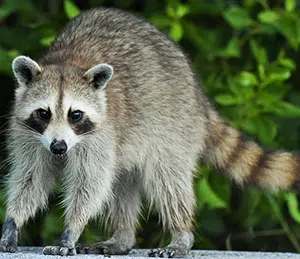 Nobody ever has accused raccoons of being quiet and unobtrusive. In fact, they are very vocal and communicate their current state of mind or emotion quite successfully.
Nobody ever has accused raccoons of being quiet and unobtrusive. In fact, they are very vocal and communicate their current state of mind or emotion quite successfully.
What does a Happy Raccoon Look or Sound like?
A happy raccoon will look relaxed and you'll see a low, slightly wagging tail and ears that are upright and pointing forward. And, if you're close enough you may even be able to hear a purring or cooing sound.
What does a Frightened or Angry Raccoon Look or Sound like?
When a raccoon is scared or angry you'll notice a raised tail and pinned ears (think of a horse). It's body will look tense and there likely will be some hissing or growling.
Do Raccoons Play for Fun?
Yes, they do - especially the youngsters. Raccoons are highly intelligent and curious by nature and will check out an unfamiliar object - probably more to determine whether it's edible or not, but they've definitely been seen batting and chasing things around, not unlike cats.
4. Raccoons are Very Intelligent
Ah, but just how smart are they? You'd be surprised. Scientists have determined that raccoons are smarter than cats or dogs. Not only do they learn by observation, but they also have some pretty awesome creative problem solving skills all on their own and can memorize and repeat sequences of actions.
Vanderbilt University Research reported that studies show raccoons to have an average of 438 million neurons in a relatively small brain, which puts them at the higher end of the mammal intelligence scale. The researchers noted that, if judged solely by brain size and number of neurons, raccoons would be ranked among small primates.
5. Raccoons grow Bigger in Colder Climates
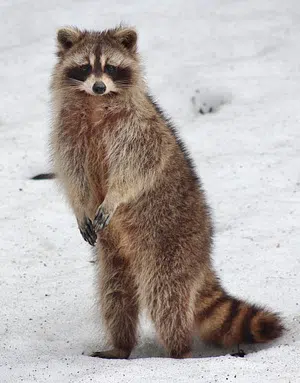 Racoons differ in sizes - the colder the climate, the more body mass they have (don't we wish that was acceptable for people, too!?). To quote Kyle Ashton, a herpetologist at the California Academy of Sciences in Golden Gate State Park in San Francisco: "The bigger you are, the more fat you can store to help you get through the winter." Raccoons aren't alone in packing more meat in colder regions; this is observed in many animal wildlife species.
Racoons differ in sizes - the colder the climate, the more body mass they have (don't we wish that was acceptable for people, too!?). To quote Kyle Ashton, a herpetologist at the California Academy of Sciences in Golden Gate State Park in San Francisco: "The bigger you are, the more fat you can store to help you get through the winter." Raccoons aren't alone in packing more meat in colder regions; this is observed in many animal wildlife species.
6. Vancouver Island Has its Very Own Raccoon
The Vancouver Island raccoon (Procyonlotorvancouverensis) is a subspecies of raccoon that lives only on Vancouver Island and nearby islands. It is dark-furred and slightly smaller than the Procyonlotorpacificus subspecies found in southern British Columbia. The Vancouver Island Raccoon has a slightly longer breeding season than its cousins in the rest of Canada. Raccoons living in BC also do not seem to be carriers of rabies, as they are in Ontario.
7. The "Bandit" Mask
The facial mask that gives the raccoon the 'bandit' nickname is made up of dark fur that fully surrounds the eyes and a contrasting white border. It may serve a number of important functions:
- Posturing
The mask helps make the raccoon look more fierce or aggressive and helps it when defending territory or warding off predators. - Improve Night Vision
The mask may also improve night vision by absorbing light or reducing lunar glare while the animal forages. - A 'Personal Touch'
Each mask (and even each ringed tail) is unique to its owner. In addition to their well developed sense of smell and ability to distinguish vocalizations, raccoons may also be able to recognize or identify each other by the subtle differences in masks and ringed tails.
8. Raccoons Have a Sweet Tooth
Not only can you catch more flies with honey - but raccoons, too! While generally not known to be picky eaters, raccoons are quite the little connoisseurs when it comes to sweets - from marshmallows to doughnuts and peanut butter & jelly sandwiches. Mind you, none of these sweets are part of a healthy raccoon diet and shouldn't be encouraged.
Hawkeye Bird & Animal Control
Having studied raccoons and raccoon behaviour for over 30 years, Hawkeye Bird & Animal Control is your one-stop Wildlife Removal Service Company in the General Toronto Area and beyond. Don't let your home be invaded by raccoons - call Hawkeye today. We offer permanent raccoon removal - Guaranteed.


